Miracle in Marion: Marion Reforestation Plan
/August, 2020 the heart of the midwest was left in devastation. Derecho winds with velocities exceeding 100 mph had roared through towns, moved buildings, flattened crops, and ripped down thousands of acres of trees. In response to the destruction, the central Iowa town of Marion reached out for help to take inventory of their loss and provide a path toward reforestation. JBC answered the call.
The Marion Reforestation Plan is the result of an 18 month engagement process working with the Marion Reforestation Steering Committee and reaching out to the public. From the start, the community’s values drove the plan recommendations. Steering Committee members set the goals for reforestation, objectives for the plan process, and priorities of types of places in the community to be replanted.
David Stokes, JBC Owner and Managing Principal recalls, "About 6 months into the project the Steering committee was very vocal about setting the groundwork, using very focused and succinct goals as a foundation from which the plan was built. The committee wanted to make sure the plan: (1) is inclusive of the entire community and participatory in the development of the plan; (2) works toward increasing the City's overall tree canopy cover; (3) provides education, training and guidance of reforestation principles; (4) provides recommendations for tree species diversity; (5) identifies replanting of the proper trees in the proper locations; (6) addresses the removal and cleanup of remaining storm-damaged trees and those associated areas; (7) identifies manageable phasing, timelines, budgets, and incrementally measuring success of implementation of the plan; and (8) addresses accessibility and equality throughout.”
“Great leadership combined with telling the humbling and honest human-centric story of tragedy will transition the community from the disaster recovery phase to the community rebuilding phase. We couldn't be more proud of how the Steering committee and the City (and its Forestry Division and Parks & Recreation Department) has advocated for the plan on behalf of all of its residents, carrying forward its message of plan benefits and positivity. They will be the true, long-term champions of this plan," Stokes added.
Recognized as a Tree City USA, in addition to the loss of trees, Marion experienced a loss of identity and spirit. During an outreach event, a participant shared how they had enjoyed walking on Marion’s trails and “you could get lost in nature and to see it all gone is heartbreaking.” Through the open house and online survey, recurring themes were clear. Residents are extremely supportive of reforestation and want back their sense of tree covered lanes, they appreciate what the City of Marion has already done to care for their forest, and they value what trees do for Marion’s beauty and livability. The responses were also emphatic that the right kind of trees need to be planted in the right places. JBC brought these ideas of place making, function-oriented plantings, and identifying priority places with the right conditions into the analysis and planning process.
Analysis of tree loss took a two-pronged approach, surveying firsthand the state of trees along key transportation corridors, and second evaluating the entire urban forest through computer imagery analysis. The survey was conducted feet-on-the-ground, or as in Landscape Designer Emma Lorenz’s case, tires on the trail. Lorenz rode streets and trails around the city and shares, “It was a really fun and yet humbling experience to ride around the City of Marion and inventory their trees. Having grown up in the community and having experienced the derecho firsthand, it was very powerful to ride around as a pedestrian and see the canopy loss - both in remembering trees that were no longer there and seeing storm damaged trees that still needed to be brought down. The experience served as a great motivation to put together a well-thought-out plan to help Marion start to rebuild their canopy.”
Evaluating the urban forest loss and current conditions from aerial imagery required a multi-method analysis which resulted in an estimation of over 35% relative loss of their tree canopy from 2019 to 2021. The method allowed JBC to see which portions of the community were most impacted. In the words of Landscape Designer Joseph Jennings, “There was something incredibly satisfying about superimposing maps from our aerial imagery assessment. It allowed us to pinpoint areas with opportunities for design implementations. Designers can then clearly explain why certain design choices are made, highlighting both form and function. It makes a significant impact in the client's eyes and reassures them that funding is being strategically allocated across the community in a meaningful way.”
The City of Marion Reforestation Plan lays out the path Marion sought with recommended planting phases, references to resource and ordinance best practices, and pages of supporting analyses and graphic strategies. Phasing included flexibility to match planting schedules to the pace of resource availability and resident engagement. In presenting the plan to Marion City Council, Mike Cimprich shared, “the plan is a guide and tool to Tree Board and City Staff to prioritize reforestation in Marion over the next ten years…I think we’re on the right path and I think this plan will get us there.”
Residents’ concerns about the right tree in the right place were addressed head on in the graphic strategies and tree atlas, so specific tree cultivars could be matched to the situation of the landscape, be it municipal or private. Each strategy was crafted to help the community gain a vision of how Marion can look, when reforested.


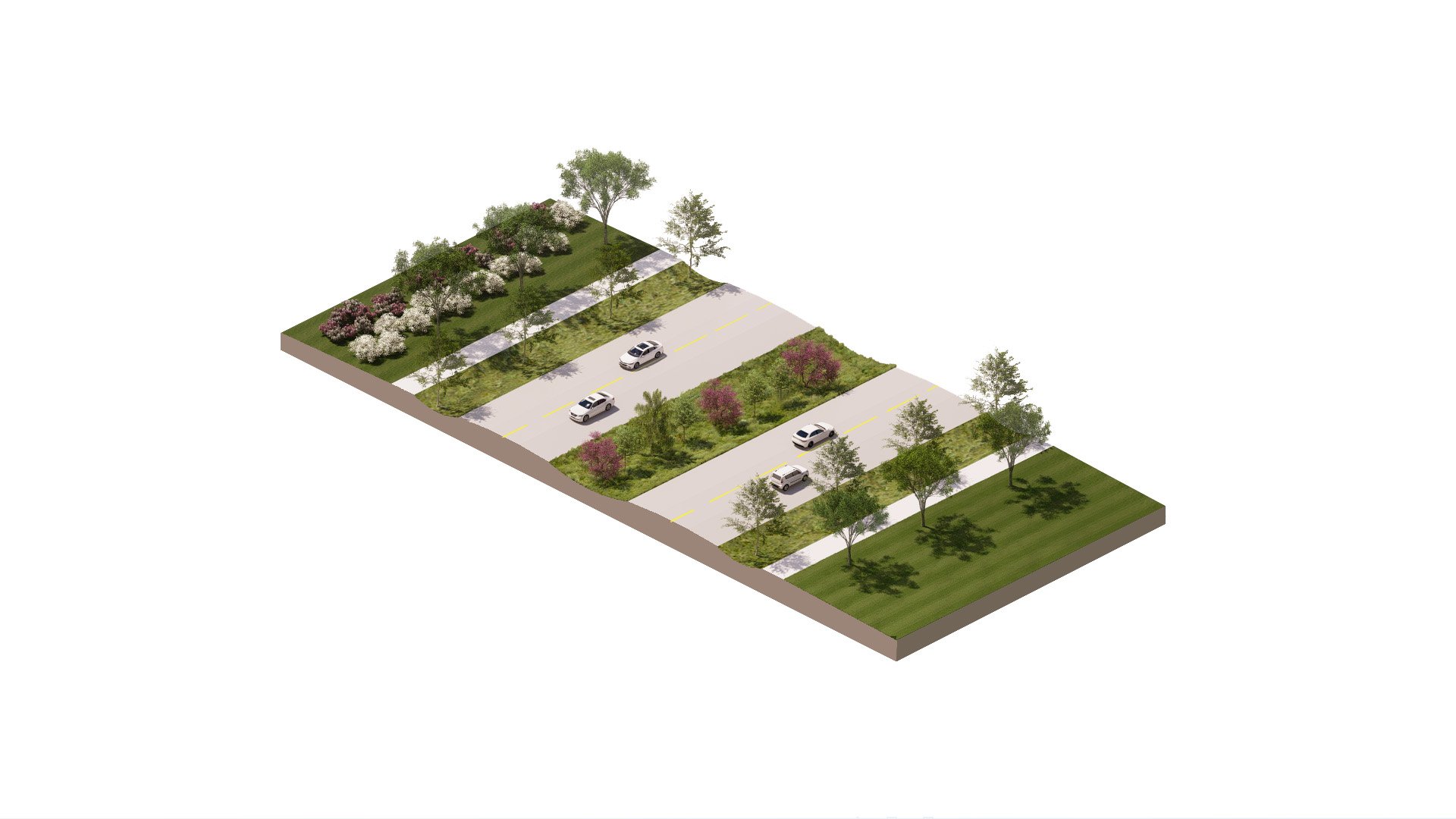
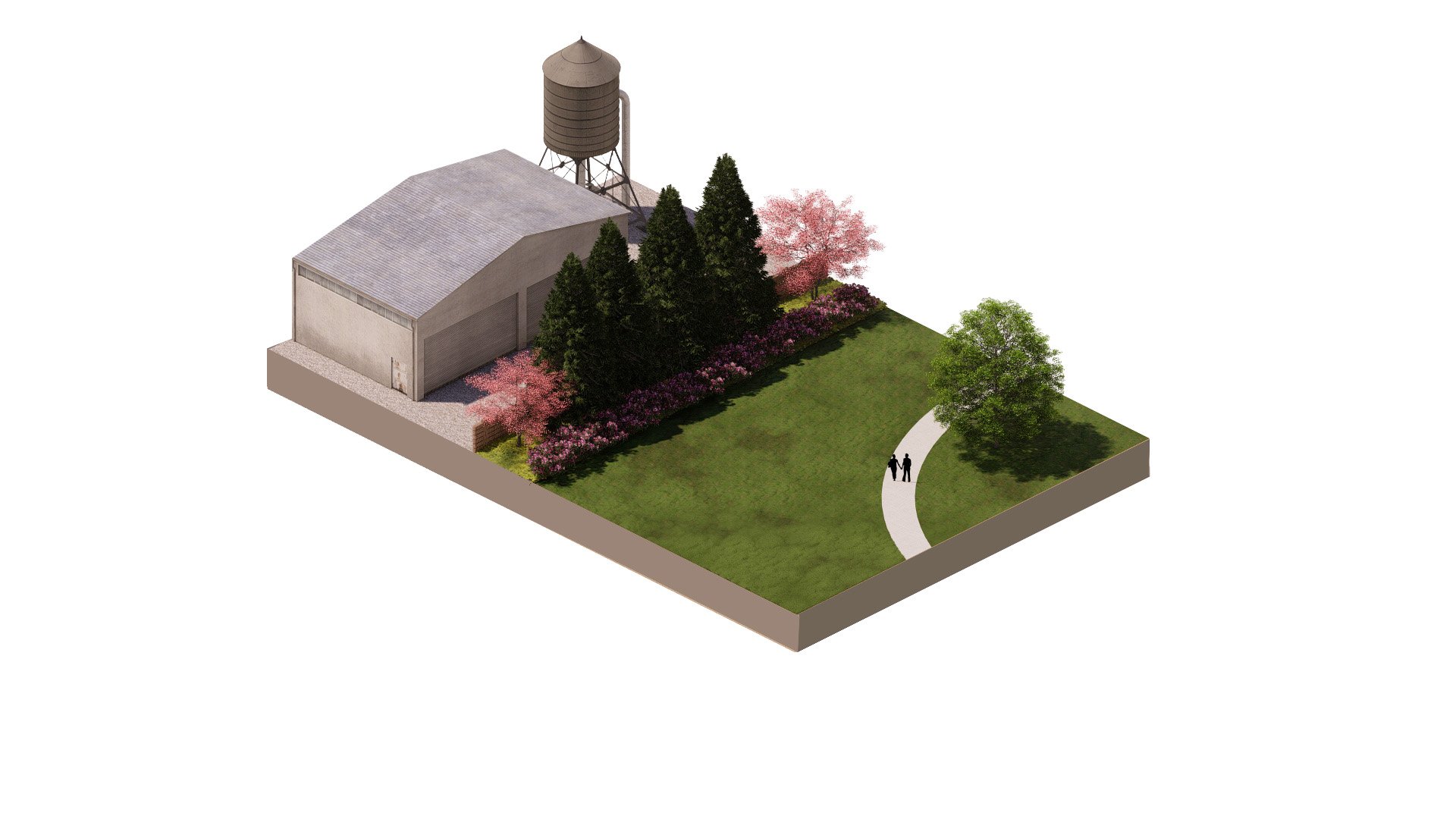
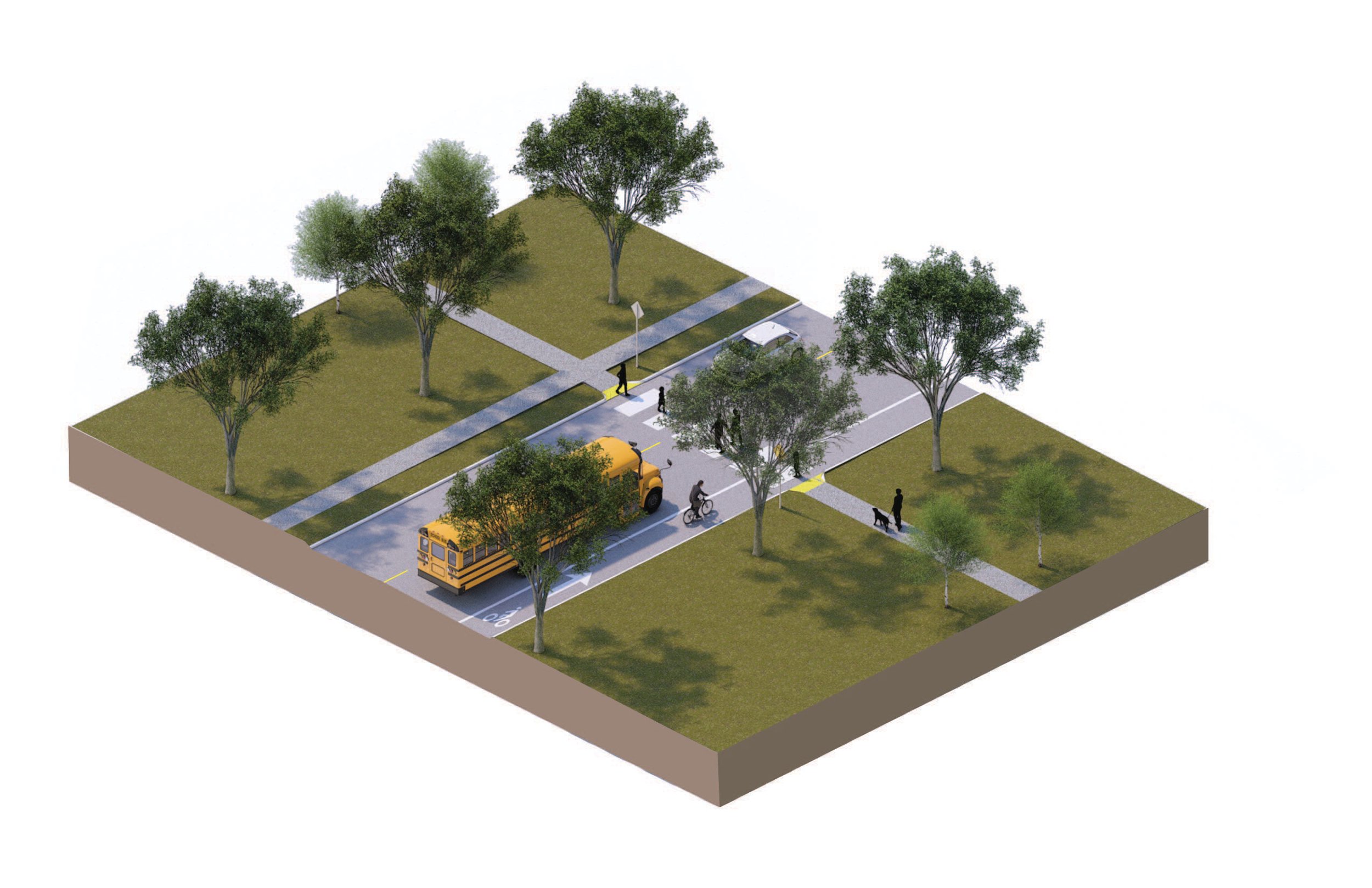
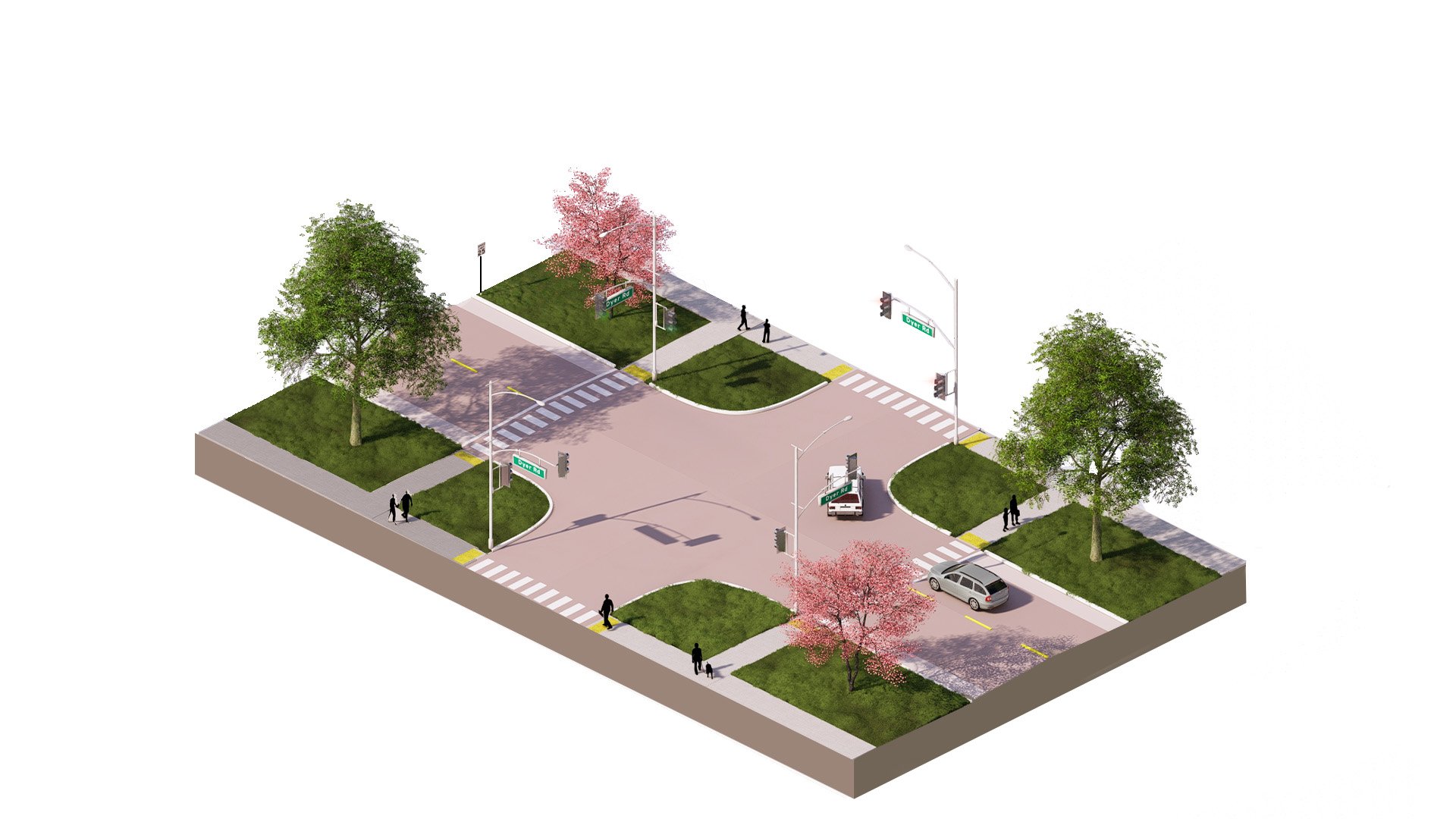
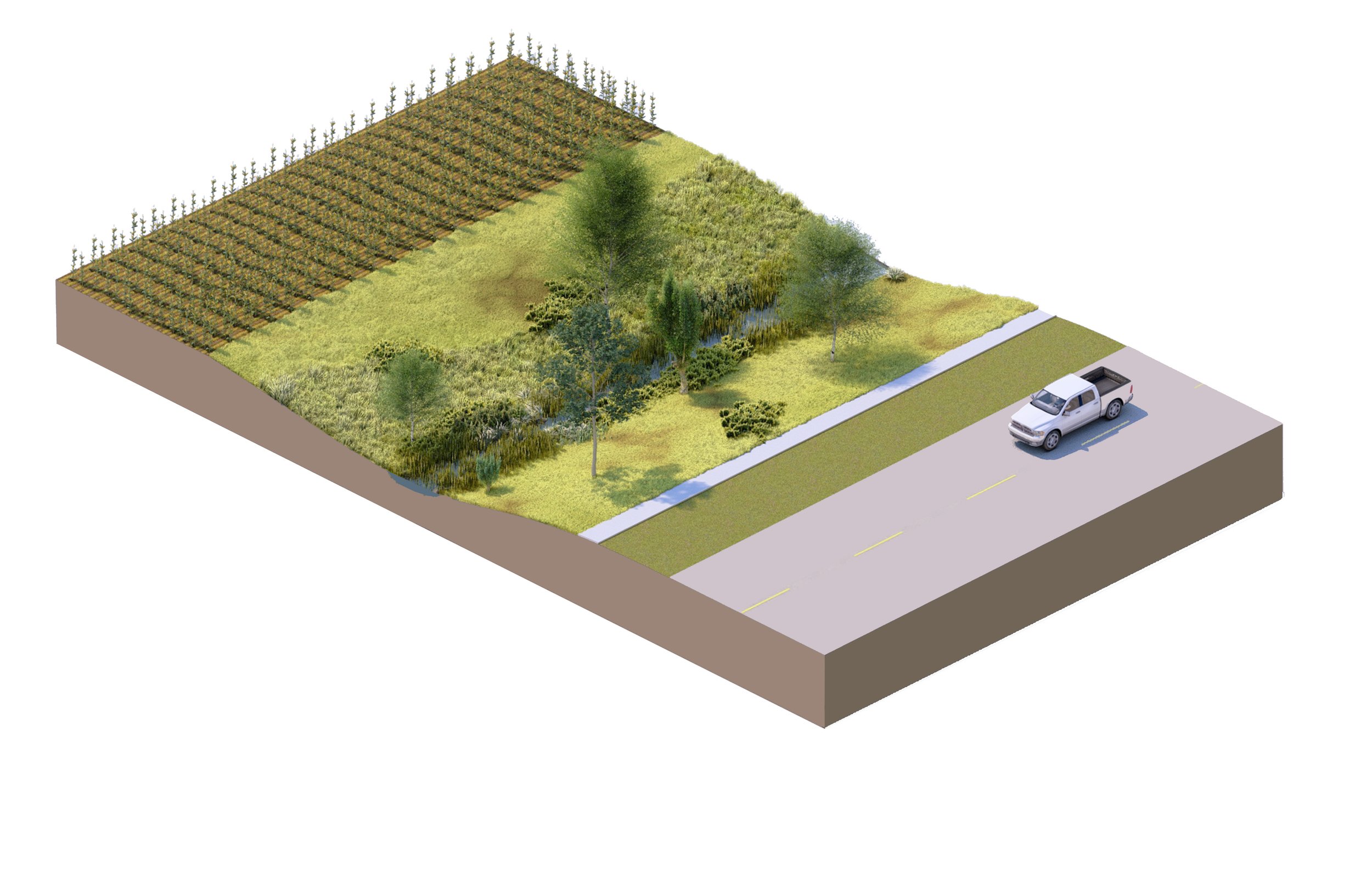
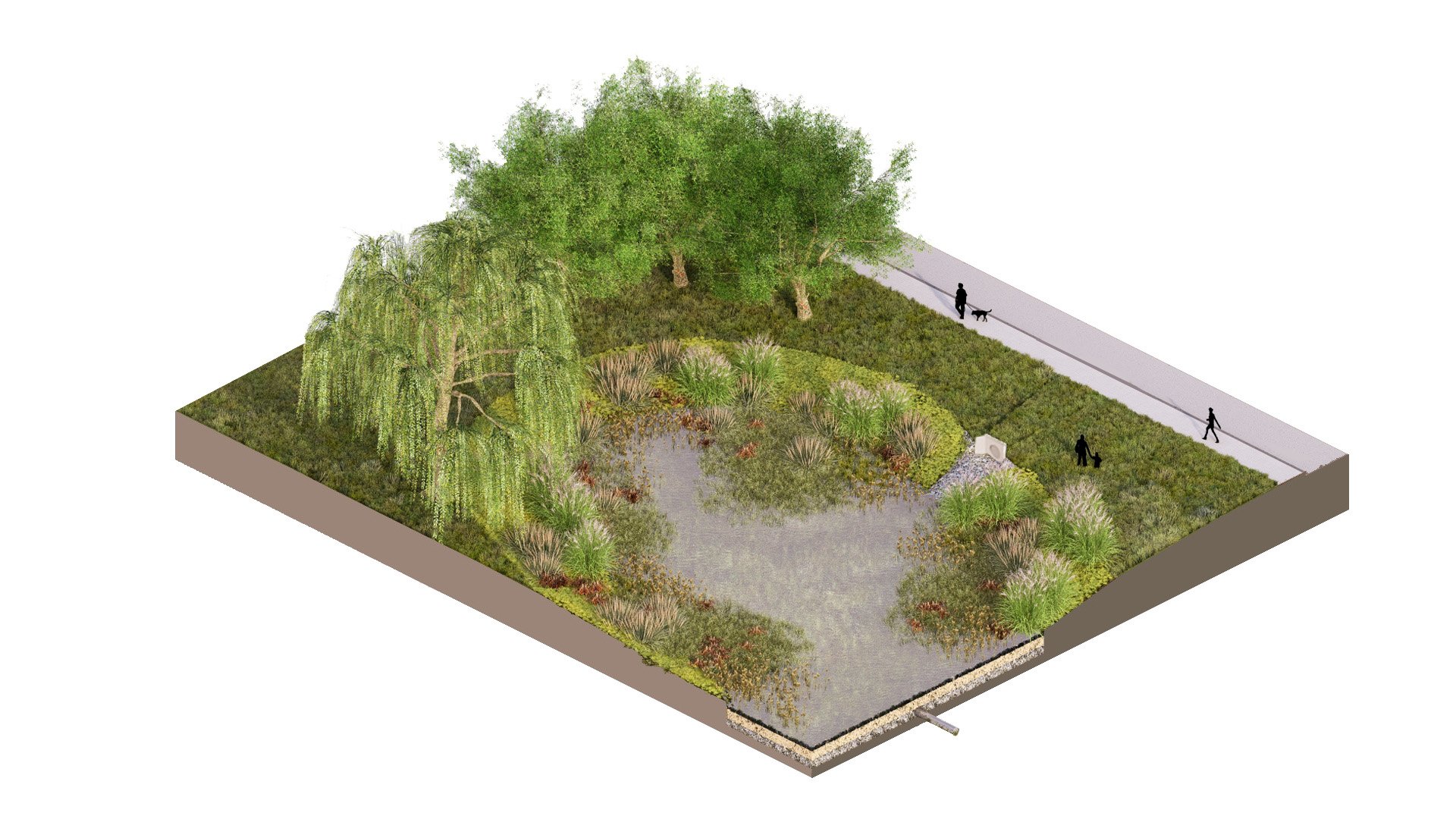

Stokes and Cimprich presented the City of Marion Reforestation Plan at Marion City Council meeting, September 19, 2024, and Marion City Council unanimously approved the plan. Marion’s urban forest has a roadmap for growth and JBC is honored to have been part of the process.






